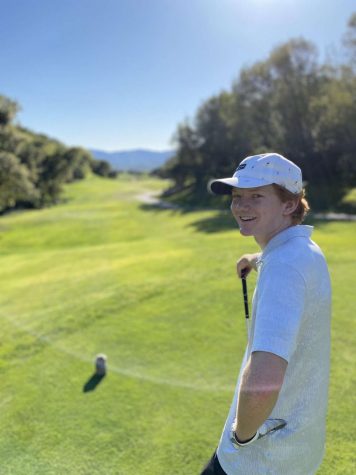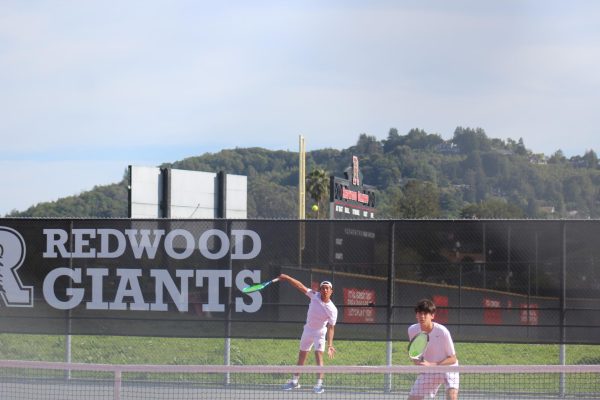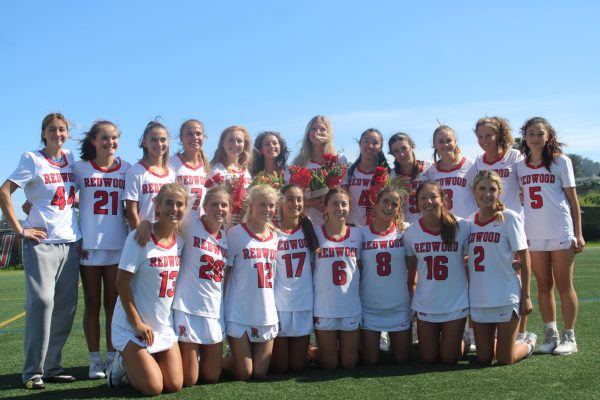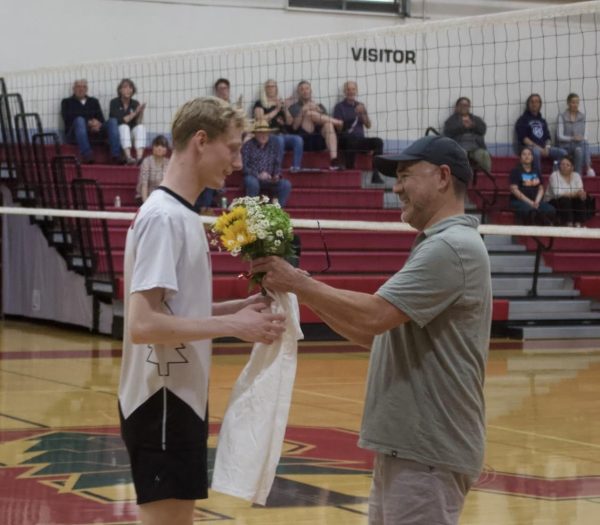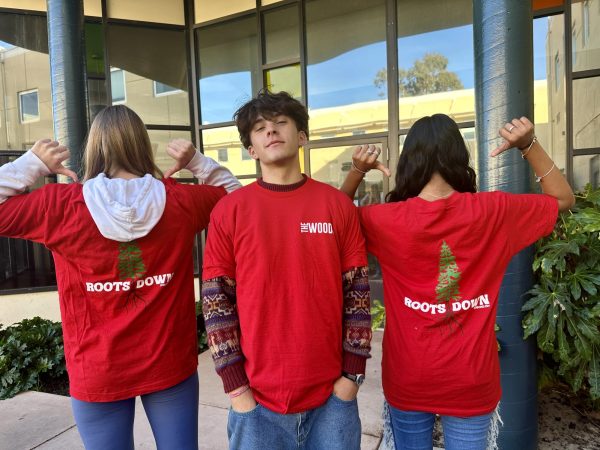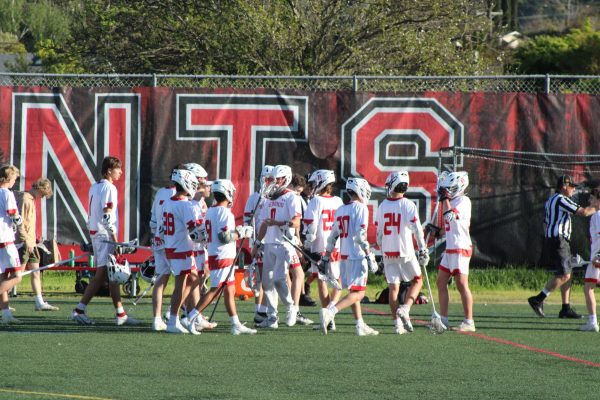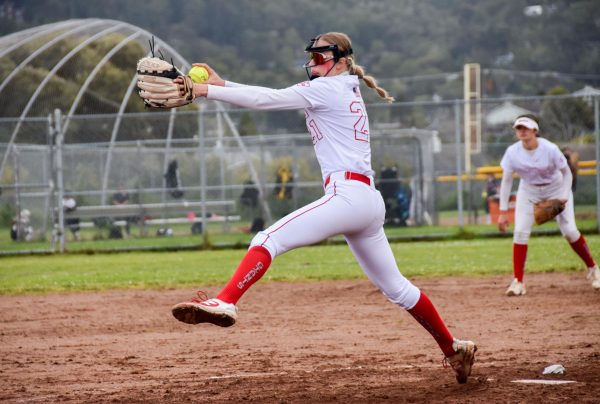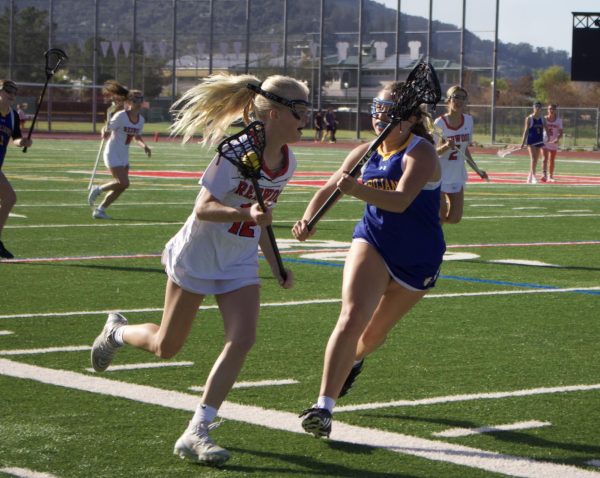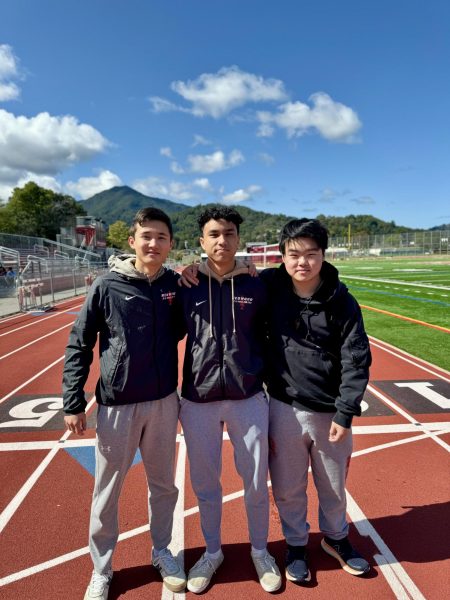The biggest boom since Tiger
February 15, 2021
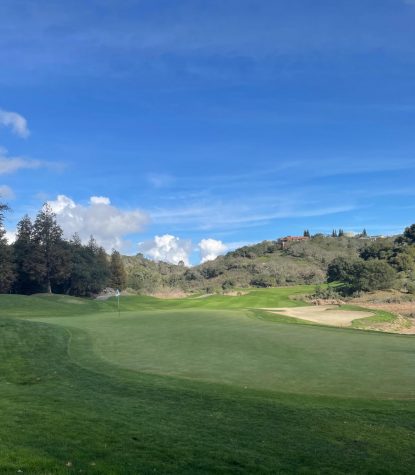
Golf was seemingly the forgotten sport of our generation. Prior to the pandemic, the sport had an underwhelming number of young players. However, once COVID-19 restrictions deemed many more popular high school sports unplayable, this changed. As a result, golf gained youth popularity almost overnight ushering youth out of their lonely bedrooms and onto green grass to socialize and play with friends; something many haven’t experienced much of since last March as the sport remained virtually unaffected by the pandemic.
Interest among Redwood students has dramatically increased since the start of COVID-19. Of students who golf, 32 percent began during the pandemic. Like some other students, junior Josh Blum learned to golf when he was four years old, but his clubs had been collecting dust in the basement until last March. Blum believes the pandemic revived his interest in the sport.
“Until a year ago, I didn’t want to get better. [Now] I have so much more free time to play a couple holes which is always a nice thing to do,” Blum said.
Blum’s favorite aspect of golf is the different social atmospheres you can play in.
“It’s relaxing and fun to play; you can go out with friends and not care [about your score] and just have fun or you can go out with your family or play for money,” Blum said.
Because golf has been one of the few sports that remained open at full capacity throughout the pandemic, student-athletes are flocking to popular courses in Marin including Stonetree, Meadow Club, Peacock Gap and Mcinnis. A month into quarantine, senior and varsity lacrosse player Hugh Stevenson began playing golf to fill up his free time.
“I went up to the driving range at Mcinnis with a couple of friends, and after that I went a couple times with my dad and brother and I was hooked,” Stevenson said.
Stevenson now plays three to five days a week and plans to continue golf when the pandemic is over, even once lacrosse is back.
“It’s a lifelong sport which is the great thing about it and something you can’t do with other sports,” Stevenson said.
Stevenson also enjoys the way golf challenges him both mentally and physically. He expresses how important it is to keep your cool and to not let one’s mental game disrupt what they’re doing on the course.
“It’s a big mental game, you have to be calm and focus on the task [while] combining a lot of technique to succeed. [This] is extremely difficult, but once you do it’s very rewarding,” Stevenson said.
Stevenson has taken a few lessons to better his game with Jim O’Neal, a Redwood parent. O’Neal has been a golf instructor for 30 years at three different clubs around the Bay Area, and is currently the Head Golf Professional at the Meadow Club for his 18th year. He’s noticed the increase in popularity and is excited about what it means for the future of golf.
“It’s a dramatic increase and it’s all over the country. It’s an increase of 15 percent in some areas and as much as 25-30 percent in other areas,” O’Neal said.
There hasn’t been this much of a “big boom” in the sport since 1997 when Tiger Woods won the Masters. He hopes this growth will continue and that people will continue to play the sport throughout their lives.
“For the next three to four years [after 1997] the game was growing very quickly but then it tapered off and was in a holding pattern for a long time after that,” O’Neal said.
Golf’s dramatic increase in popularity is attributed mostly to the closing of other sports during the pandemic, which led to more people trying it out. The challenges and beauty of the sport keep old golfers coming back and now bringing new, younger friends with them.

